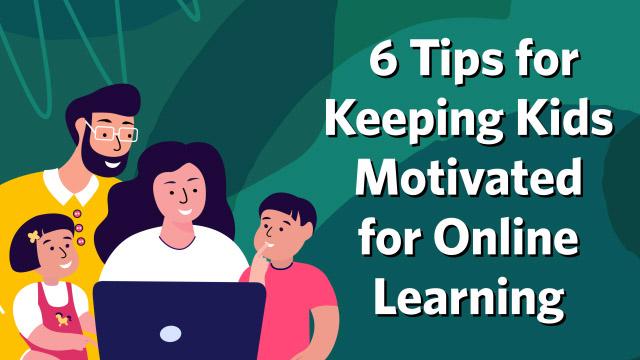Turinys
1. We set the rules
As we know, the internet has a time-consuming effect and it is easy to let yourself be absorbed for hours by a screen. Especially for the youngest. Moreover, according to a recent study carried out by Vision Critical for Google: 1 in 2 parents judge that the time spent online by their children is excessive *. So, before offering your child a tablet, computer or smartphone, buying a particular video game or taking out a video subscription, it is better to think about the use you want than do. “For that, it is very important to set the rules from the start”, advises Justine Atlan, general manager of the association e-Enfance. It’s up to you to say if he can connect during the week or only at the weekend, for how long …
2. We accompany him
Nothing better than spending time with your child to help them familiarize themselves with these connected tools. Even if it seems obvious to toddlers, it is better not to neglect it with the older ones. Because around the age of 8, they often start to take their first solo steps on the web. “It is important to warn them of the dangers they may encounter, to help them take a step back, and to free them from guilt if they find themselves in an unsuitable situation,” explains Justine Atlan. Because, despite all your precautions, it may happen that your child is confronted with content that shocks or disturbs him. In this case, he may feel at fault. It is then essential to discuss with him to reassure him. “
3. We set an example
How can a child limit his time on the Internet if he sees his parents online 24 hours a day? “As parents, our children see us as role models and our digital habits influence them,” says Jean-Philippe Bécane, head of consumer products at Google France. It is therefore up to us to think about our exposure to screens and to make efforts to limit it. In fact, 24 out of 8 parents say they are ready to moderate their own time online to set an example for their children *.
4. We install parental controls
Even if the rules are in place, it is often necessary to secure access to the internet. For this, we can install parental controls on the computer, tablet or smartphone. “It is recommended to use parental controls up to 10-11 years old,” advises Justine Atlan.
For the computer, we go through parental control offered free of charge by its internet operator to restrict access to sites with pornographic content or gambling. You can also set the authorized connection time. And Justine Atlan explains: “In this case, whatever the software, there are two modes in parental control depending on the age of the child. For the youngest, a closed universe in which the child evolves in complete safety: there is no access to forums, chats or problematic content. For older children, parental control filters content prohibited to minors (pornographic, gambling, etc.). »On a family computer, we recommend that you create different sessions for children and parents, which allows you to make personalized settings.
To secure tablets and smartphones, you can contact your telephone operator to activate parental controls (restriction of sites, applications, content, time, etc.). You can also configure the operating system of your tablet or phone in restriction mode to limit access to certain applications, content according to age, etc. and time spent. Finally, the Family Link app allows you to connect the parental phone to the child’s phone to find out which app is downloaded, the connection time, etc.
If you need help installing parental controls on your devices, contact the toll-free number 0800 200 000 provided by the e-Enfance association.
5. We choose safe sites
Still according to the Vision Critical survey for Google, parents frame the online experience of their children in different ways: 51% of parents control the applications installed by their children and 34% choose the content viewed by their children (videos, images , texts). To make things easier, it is also possible to opt for sites that are already trying to filter content. For example, YouTube Kids offers a version aimed at 6-12 year olds with videos adapted to their age. It is also possible to set a timer to define the time they can spend there. “To do this, all you have to do is enter the child’s age (no other personal data is required),” explains Jean-Philippe Bécane.
*Survey carried out online by Vision Critical for Google from January 9 to 11, 2019 on a sample of 1008 representative French families with at least 1 child under the age of 18, according to the quota method with regard to the criteria of the number of children, the socio-professional category of the contact person for the home and the region of residence.










